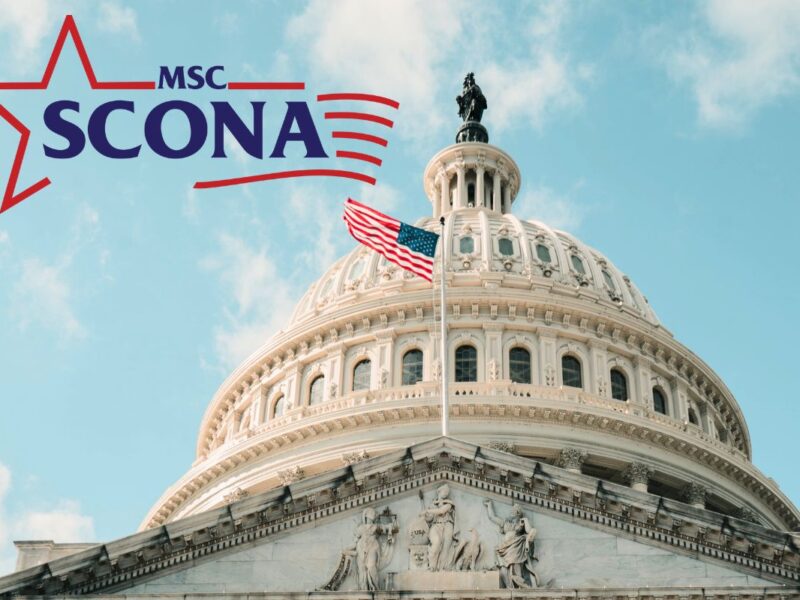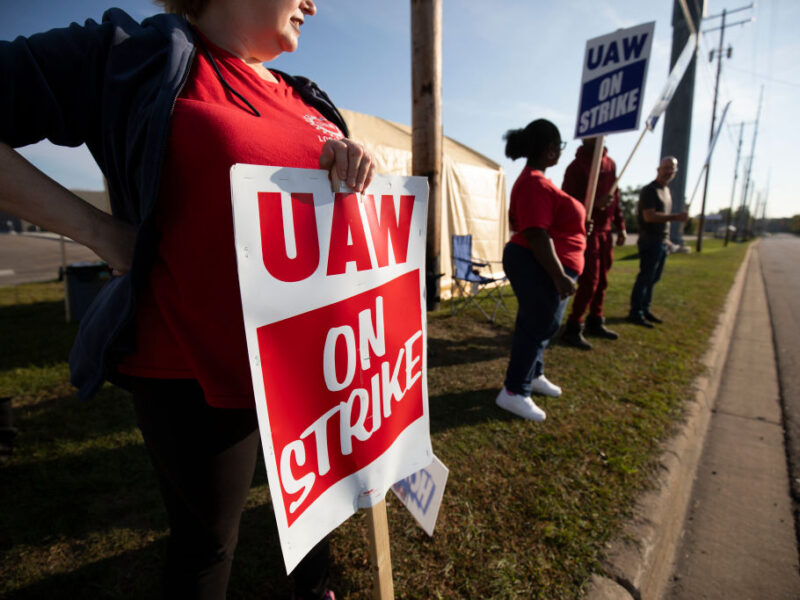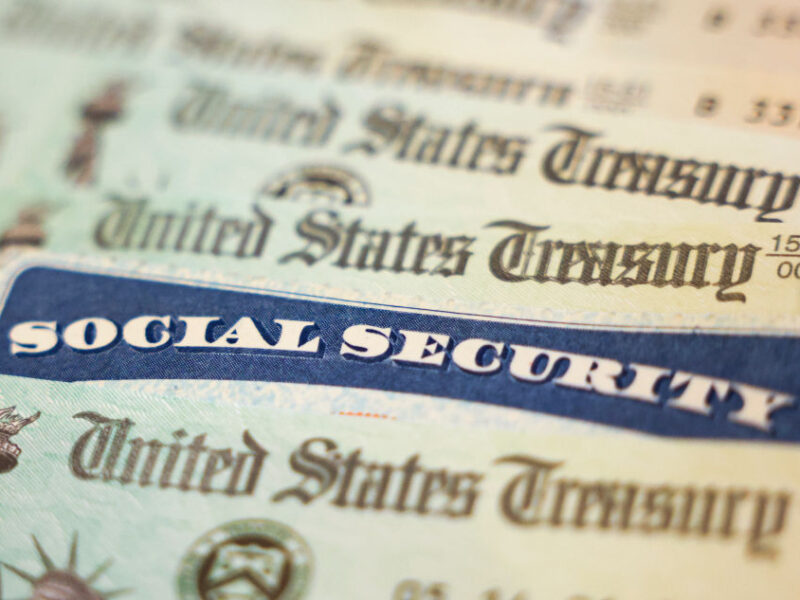The Coronavirus Recession Is Here – And It’s Unlike Anything The U.S. Has Seen Before
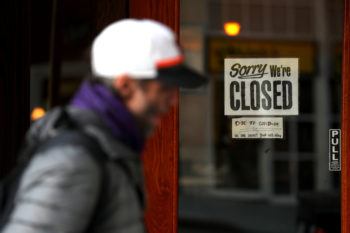
The sharp and sudden economic downturn caused by the COVID-19 pandemic is something the American economy hasn’t seen in more than 100 years, says Texas A&M economist Raymond Robertson.
Pandemics have historically had serious economic implications for other countries, Robertson said, but the United States “has not seen anything like this, ever, not even a little bit of a contraction as a result.”
But the novel coronavirus has sent the U.S. economy into an abrupt descent, with most businesses shutting down and about 22 million Americans filing for unemployment. Robertson, the director of the Mosbacher Institute for Trade, Economics, and Public Policy at the Bush School of Government & Public Service, said the current unemployment rate over 20 percent is a clear indicator of a recession.
There’s little doubt that the U.S. is in the middle of a recession, Robertson said. The question, rather, is how this situation is different from past downturns. Here, Robertson shares how COVID-19 brought commerce to a halt, what the federal government can do to mitigate the fallout and what policymakers should focus on.
How did the economic outlook start changing once the pandemic started to wane in China and rise in the United States?
The big issue here was really the contraction in retail. I’m including restaurants and beverages in that. Restaurants and food service got really hit hard with the stay at home orders, and that was in Brazos County and other places across the country. People don’t realize when you look at disaggregated declassification of the economy, in 2019 restaurants were at the top of the Texas Workforce Commission’s ranking of employment in Texas. They’re nine percent of all employment in the state. So when those people stay at home that’s obviously a reduction in that part of the economy. Those people are not working. But then they stop spending and they don’t go to retail outlets or the mall, and then you start to see retail sales really start to contract as well. So that’s how you begin to start seeing those dominos falling.
How does this compare to previous recessions?
If you look in terms of unemployment, they’ve never had this level of people claiming unemployment insurance. We’ve set records week after week in the number of people filing unemployment claims. There hasn’t been anything like that since the Bureau of Labor Statistics started collecting records, and if you go back into the Great Depression, people have estimated that the unemployment rate was about 24 percent. We’re looking at something close to that now.
This is looking much more like the Great Depression than the Great Recession. It’s less similar to the recession in 2008 because that actually started with a dramatic loss in wealth. Our current crisis is due to a forced reduction in consumer demand, and that’s why early on people were very optimistic about saying, ‘People aren’t shopping, but once people go shopping everything will go back to normal.’ That would have worked if it would have been a very short-run kind of crisis, but the problem is that these dominos start falling. Once people stop going to restaurants, retail stores and stop orders on purchases, manufacturing investment falls. Once the investment falls, it’s very difficult to start the economy back up. And that’s where we are now.
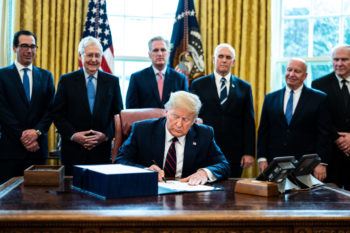
What can the government do to mitigate the recession? What’s the Federal Reserve’s duty now?
There’s actually two parts to the federal government that matter here. There’s the Federal Reserve, which is in control of the money supply. Their role is usually to manage the economy, they’re the ones with their hands on the steering wheel as we go along. Interest rates are one of their main tools. Lowering the interest rates usually stimulates the economy. In the last decade, however, interest rates have been so low that when this crisis hit there was little room left to reduce the interest rate. In addition, because it was so low, everybody who wanted to borrow money already had the availability of funds. There wasn’t a lack of money out there to borrow. That wasn’t what was causing the recession. It’s kind of like pushing on a string – you can push on a string all you want, but it’s not going to get the yo-yo to go anywhere. There’s too much slack.
Then we have to turn to the other side of the federal government policy, which is fiscal policy: government spending and taxes. Going back to the 1930s, John Maynard Keynes said during the Great Depression that the government can get the economy going again by pumping money into it like giving out checks, trying to hire people to build roads and bridges and doing public works. That gets money back into the hands of the consumers and they would go out and spend, and then that would allow the economy to recover gradually. That’s what the government is doing with this stimulus. The goal of the $2 trillion stimulus package is to give money to people so they can spend and keep the economy going.
What policies are appropriate right now? What are not?
The monetary policy is not going to be as helpful as it has been historically because the lack of investment is due to a lack of consumer demand, not a lack of available funds to borrow. But the other concern is that this is different from other types of recessions. This is different from the Great Depression and the Great Recession in 2008 because people are out of work because people cannot go to work or go shopping because they are scared of the virus. This is not a problem of a lack of wealth, or at least it hadn’t been initially. This is an issue where people are afraid to go to stores and gather for reasons other than they just don’t have the money. At first, people had money. They turned to shopping online. Now, however, people are out of work and the ripple effects are causing income to fall throughout the economy. So the most effective way for the government to be fighting this is to trust the experts. They need to develop medical technology that’s going to fight the virus and start producing and using personal protective equipment, and practicing safe distancing at work. We know what we need to do to fight the root cause, which is the virus, and that’s what we need to focus on.
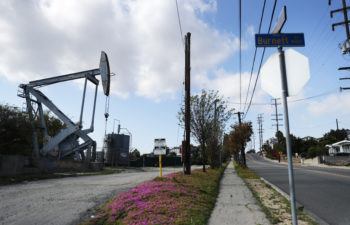
How long will it take for the economy to return to pre-coronavirus levels?
No one really knows. One reason we think it could rebound quickly is because we have all this pent up consumer spending. Everybody wants to go to restaurants, we want to go back to church and work and be with each other. We just have to fight the virus. But recovery will most likely be slow. The recovery from just about every recession in the last 70 years was much slower than the plunge into recession. It takes a long time for people to find jobs again. Some can return, but others have to search and maybe start a new business, so that type of thing does take a long time. It took us 10 years to recover from the last recession, and this is much worse.
What do you think the lasting economic impact of COVID-19 could be?
There’s going to be a tremendous lasting impact in several areas, but perhaps most significantly in the workplace. There’s going to be a clear substitution toward robots. Producers will find other ways to produce goods and services. And I think there’s a lot of technology that people have available that they didn’t want to use. With so many out of work, there is an opportunity to rethink the use of technology, which is really going to change jobs. On the flip side, the crisis will create new opportunities. This is creating a whole bunch of opportunities for people with new sets of skills. It’s opening up new fields. The entire workforce is going to shift a lot in response to this shock.
The main thing is that we really need to rely on our experts. I think there is a sense that we saw what happened in China, we saw that this was coming. At Texas A&M, the Bush School has the Scowcroft Institute and they have been doing a pandemic conference the last several years. It’s not like we don’t have experts that were predicting that this was going to happen at some point. We don’t pay enough attention to our experts. Hopefully one of the main lessons for our country is to realize how important it is to have good, dedicated public servants. As George H.W. Bush said, “We need men and women of character to believe that they can make a difference in their communities, in their states and in their country.” We need these men and women now more than ever.
Media contacts:
- Caitlin Clark, caitlinclark@tamu.edu
- Raymond Robertson, robertson@tamu.edu
